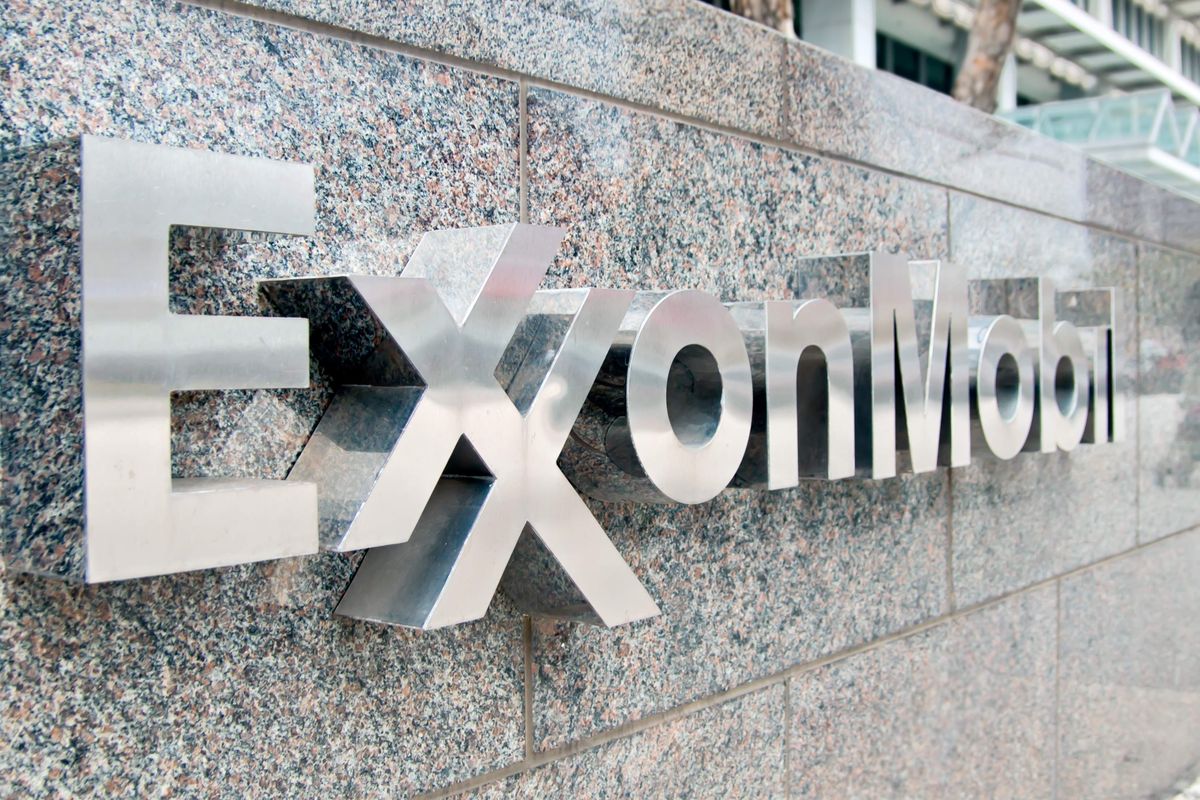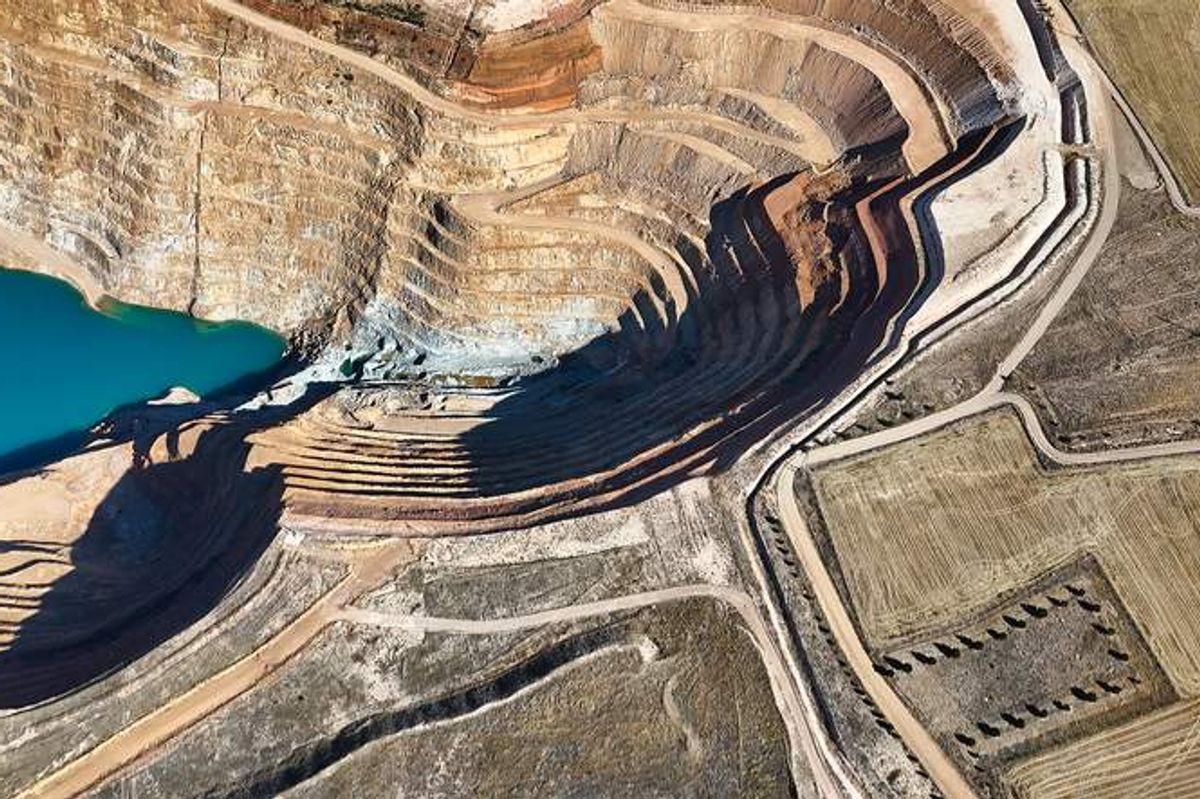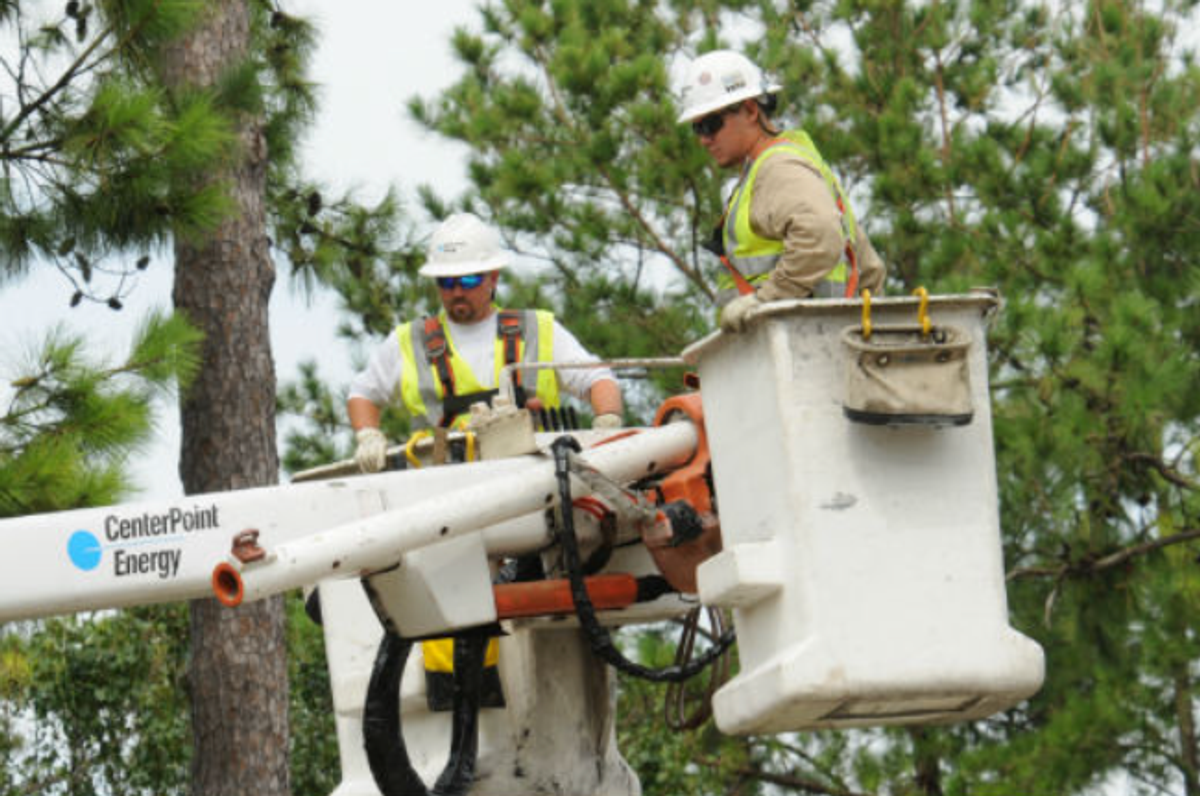From bitter cold and flash flooding to wildfire threats, Texas is no stranger to extreme weather, bringing up concerns about the reliability of its grid. Since the winter freeze of 2021, the state’s leaders and lawmakers have more urgently wrestled with how to strengthen the resilience of the grid while also supporting immense load growth.
As Maeve Allsup at Latitude Media pointed out, many of today’s most pressing energy trends are converging in Texas. In fact, a recent ERCOT report estimates that power demand will nearly double by 2030. This spike is a result of lots of large industries, including AI data centers, looking for power. To meet this growing demand, Texas has abundant natural gas, solar and wind resources, making it a focal point for the future of energy.
Several new initiatives are underway to modernize the grid, but the problem is that they take a long time to complete. While building new power generation facilities and transmission lines is necessary, these processes can take 10-plus years to finish. None of these approaches enables both significantly expanded power and the transmission capacity needed to deliver it in the near future.
Beyond “curtailment-enabled headroom”
A study released by Duke University highlighted the “extensive untapped potential” in U.S. power plants for powering up to 100 gigawatts of large loads “while mitigating the need for costly system upgrades.” In a nutshell: There’s enough generating capacity to meet peak demand, so it’s possible to add new loads as long as they’re not adding to the peak. New data centers must connect flexibly with limited on-site generation or storage to cover those few peak hours. This is what the authors mean by “load flexibility” and “curtailment-enabled headroom.”
As I shared with POWER Magazine, while power plants do have significant untapped capacity, the transmission grid might not. The study doesn’t address transmission constraints that can limit power delivery where it’s needed. Congestion is a real problem already without the extra load and could easily wipe out a majority of that additional capacity.
To illustrate this point, think about where you would build a large data center. Next to a nuclear plant? A nuclear plant will already operate flat out and will not have any extra capacity. The “headroom” is available on average in the whole system, not at any single power plant. A peaking gas plant might indeed be idle most of the time, but not 99.5% of the time as highlighted by the Duke authors as the threshold. Your data center would need to take the extra capacity from a number of plants, which may be hundreds of miles apart. The transmission grid might not be able to cope with it.
However, there is also additional headroom or untapped potential in the transmission grid itself that has not been used so far. Grid operators have not been able to maximize their grids because the technology has not existed to do so.
The problem with existing grid management and static line ratings
Traditionally, power lines are given a static rating throughout the year, which is calculated by assuming the worst possible cooling conditions of a hot summer day with no wind. This method leads to conservative capacity estimates and does not account for environmental factors that can impact how much power can actually flow through a line.
Take the wind-cooling effect, for example. Wind cools down power lines and can significantly increase the capacity of the grid. Even a slight wind blowing around four miles per hour can increase transmission line capacity by 30 percent through cooling.
That’s why dynamic line ratings (DLR) are such a useful tool for grid operators. DLR enables the assessment of individual spans of transmission lines to determine how much capacity they can carry under current conditions. On average, DLR increases capacity by a third, helping utilities sell more power while bringing down energy prices for consumers.
However, DLR is not yet widely used. The core problem is that weather models are not accurate enough for grid operators. Wind is very dependent on the detailed landscape, such as forests or hills, surrounding the power line. A typical weather forecast will tell you the average conditions in the 10 square miles around you, not the wind speed in the forest where the power line is. Without accurate wind data at every section, even a small portion of the line risks overheating unless the line is managed conservatively.
DLR solutions have been forced to rely on sensors installed on transmission lines to collect real-time weather measurements, which are then used to estimate line ratings. However, installing and maintaining hundreds of thousands of sensors is extremely time-consuming, if not practically infeasible.
The Elering case study
Last year, my company, Gridraven, tested our machine learning-powered DLR system, which uses a AI-enabled weather model, on 3,100 miles of 110-kilovolt and 330-kilovolt lines operated by Elering, Estonia’s transmission system operator, predicting ratings in 15,000 individual locations. The power lines run through forests and hills, where conventional forecasting systems cannot predict conditions with precision.
From September to November 2024, our average wind forecast accuracy saw a 60 percent improvement over existing technology, resulting in a 40 percent capacity increase compared to the traditional seasonal rating. These results were further validated against actual measurements on transmission towers.
This pilot not only demonstrated the power of AI solutions against traditional DLR systems but also their reliability in challenging conditions and terrain.
---
Georg Rute is the CEO of Gridraven, a software provider for Dynamic Line Ratings based on precision weather forecasting available globally. Prior to Gridraven, Rute founded Sympower, a virtual power plant, and was the head of smart grid development at Elering, Estonia's Transmission System Operator. Rute will be onsite at CERAWeek in Houston, March 10-14.
The views expressed herein are Rute's own. A version of this article originally appeared on LinkedIn.
















